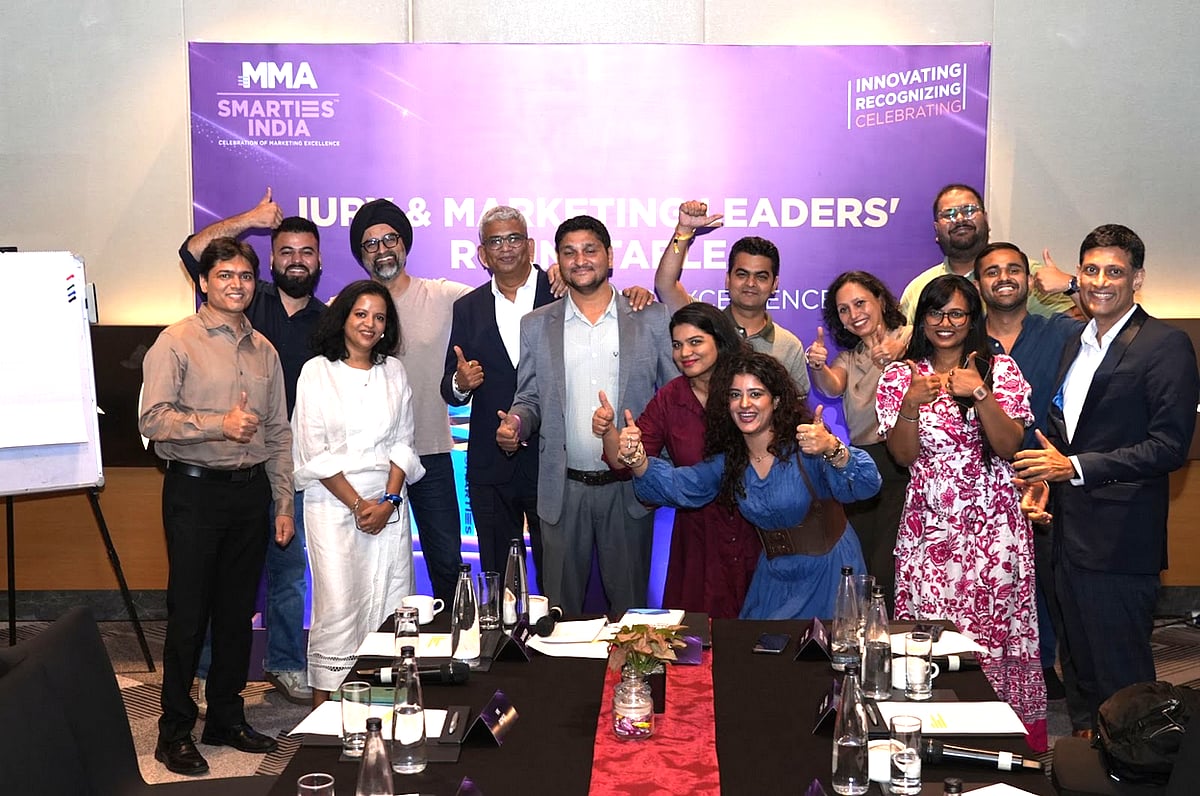The other day, one of my friends came home after a long time and brought some chocolates for my girls. While handing over the pack, he declared that he had brought the Swiss chocolates especially for them.
As soon as he said it, my girls (who know a thing or two about chocolates) immediately corrected him saying, “Uncle, Ritter Sport is a German chocolate.”
These were wonderful Ritter Sport chocolates, and my girls were salivating at the prospect of indulging in their famous chocolate squares which he had brought in assorted flavours. But Abhijit (my friend) was distraught, almost apologetic, upon realising that the chocolates were not Swiss, but German. It was only when I told him that Ritter Sport is a globally renowned chocolate brand, and the girls would love it, was he at peace.

Ritter Sport is a globally renowned German chocolate brand |
Long after he left, I kept thinking what makes Swiss chocolates so special, that the very mention conjures up images of luxuriant chocolates and delightful indulgent treats. It is just the image they have created.
Incidentally, Germans are the largest producers of chocolate in the world with some of the best chocolates produced there. However, in the perception game, Swiss and Belgian chocolates are miles ahead.
We have similar ‘stereotypes’ in our head - French wines, German automobiles, Colombian coffee, Hawaiian cigars, Indian software, Italian fashion, Sri Lankan tea are counted as amongst the best.
In fact, sometimes, these ‘typecasts’ extend beyond physical products – Japanese quality, Italian flair, Swedish design, Swiss precision and so on. So, a ‘Made by…’ label is just as powerful and just as valuable as a ‘Made in…’ in the context of a country.
BIAS: POSITIVE AND NEGATIVE
A customer can also get negatively predisposed at times. Apple makes it a point to specifically mention ‘Designed in California and assembled in China’. Similarly, some products hide behind ‘Made in PRC’ (Peoples Republic of China) as Made in China would not go down well, given the perception of low-quality manufacturing in China.
The country-of-origin effect can broadly be understood as a bias (positive or negative) that a customer experiences when she becomes aware of the country of origin of a product. These biases or stereotypes may just be based on hearsay or perceptions and are sometime very generic and vague.
However, the customer’s attitude, proclivities and even buying behaviour is strongly influenced by the brand/ products’ country of origin. Products and brands are mostly purchased based on the perceived value that she derives from the country in question.
The country-of-origin phenomenon can be harnessed by the brand managers to effectively leverage the advantage available due to the favourable disposition to their host country.
For example, a software company in India, even if it is new, begins with an advantage as while entering the room to make a pitch. Similarly, a German firm will get an unsaid preference in any engineering assignment.

German car-making brands are synonymous with high-quality |
POSITIONING A NATION
The country’s policy-makers, trade commissions and industry associations have a significant role to play in order to amplify the positive image of the country and reinforce it in the category it enjoys an advantage in. It’s a ‘brand positioning’ they must fiercely guard. Even as the country’s authorities try to expand their sphere of influence, drifting away from their traditional strongholds can be harmful to their prospects.
A ‘Made in...’ or ‘Made by...’ is a very strong asset that a country can acquire in order to stay competitive. Needless to add, that image building takes time (sometime generations) and a lot of effort.
The flip side is also true. Once consumers start associating a poor product with a country, it becomes difficult to shift the narrative subsequently. China is a case in point. We would be just too apprehensive of any premium or luxury product coming with a ‘Made in China’ label. While it may not be true anymore, China’s image of poor-quality output is still enduring despite all their attempts to transform.
So, brands and marketers too have a responsibility - an almost ‘patriotic obligation’ to ensure that nothing sub-standard is ever churned out in the strong domains of the country.
Apart from the traditionally dominant position of Indian software, crafts and cuisine, India is being increasingly looked at with very positive light on the global stage when it comes to the Indian fintech system, Indian missile and space programme and similar.
Indian consumers (in part, driven by the PM himself) have rediscovered the pride in ‘buying Indian’ - ‘Made in India’ or ‘Atmanirbhar Bharat’.
This augurs well for India as a brand. Finally, there’s another Indian produce that tops everything else – the great Indian talent. With many global CEOs of Indian origin, brand India and the rub-off it has on Indian talent is limitless. But that’s a topic for another day!
(The author is a senior professional in the corporate sector and writes on varied topics that catch his fancy. The views expressed here are his own. He tweets at @sandeepbangia)


.jpg)







